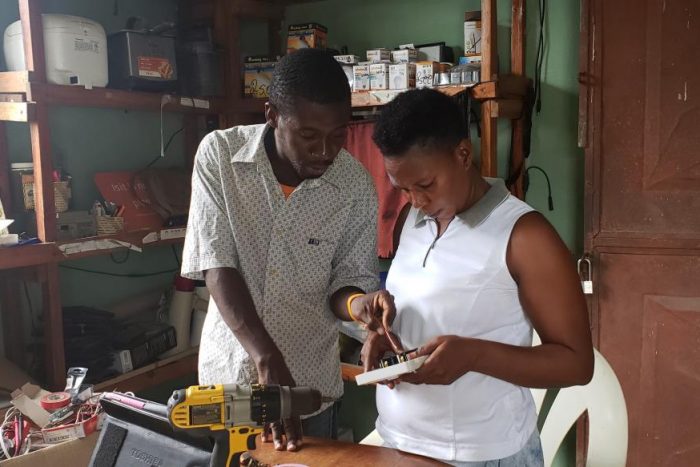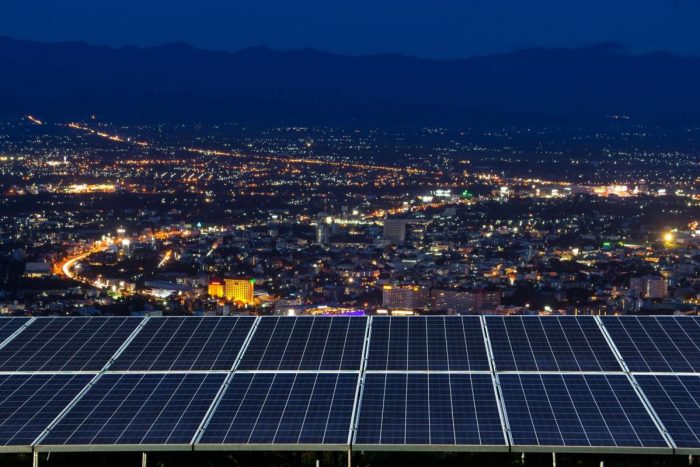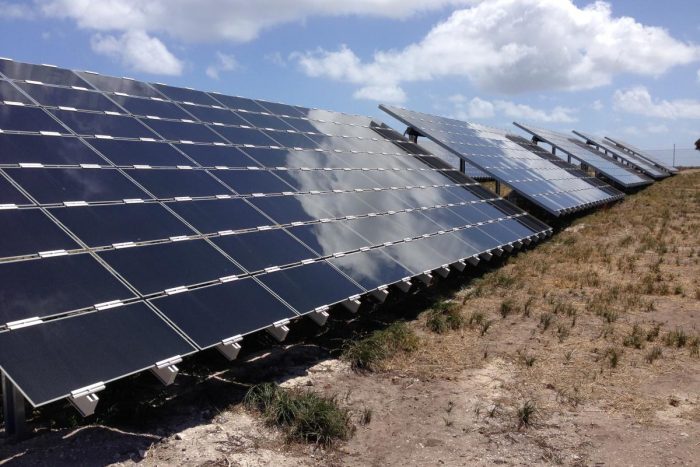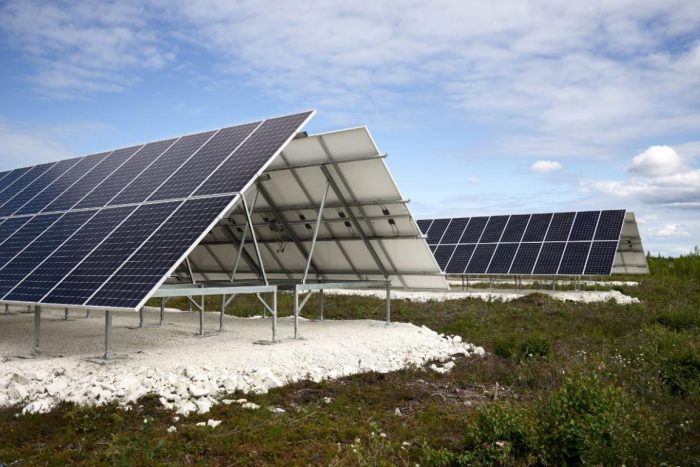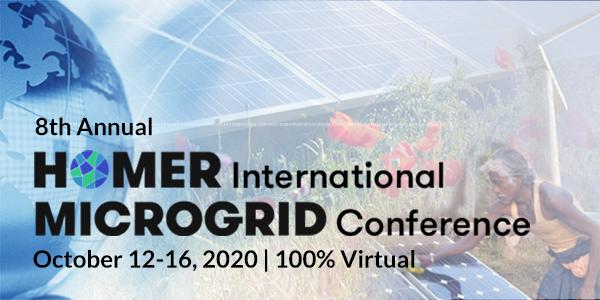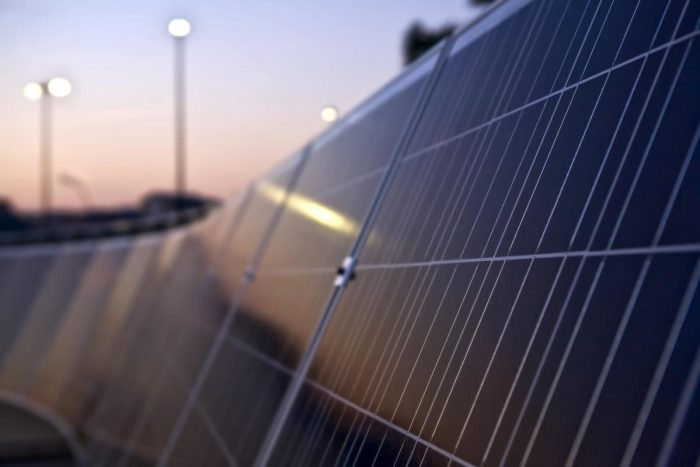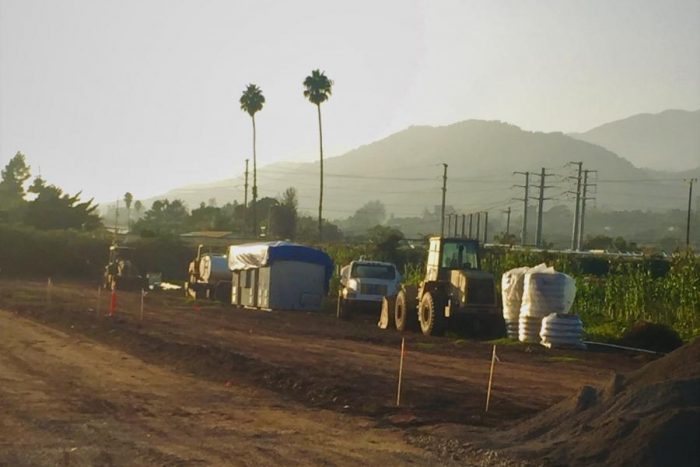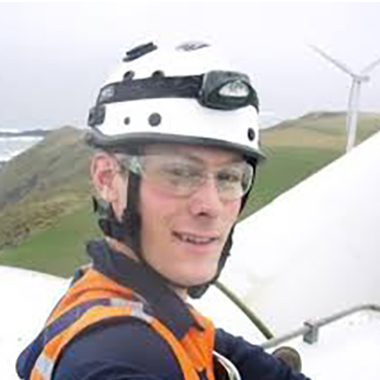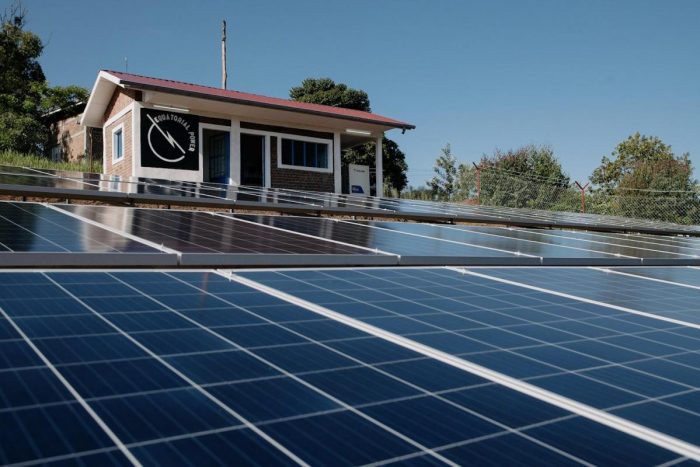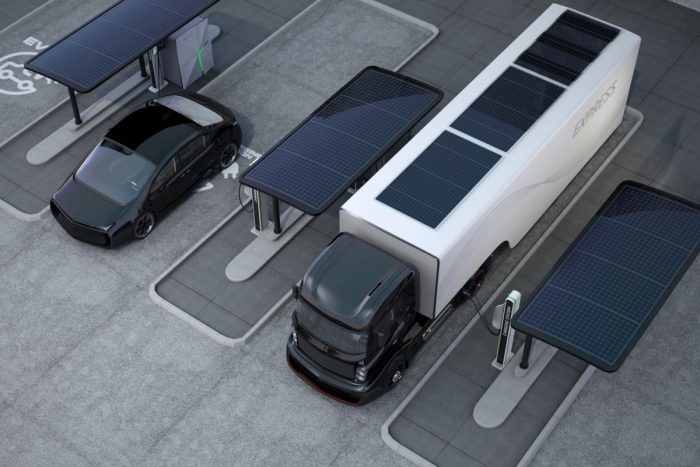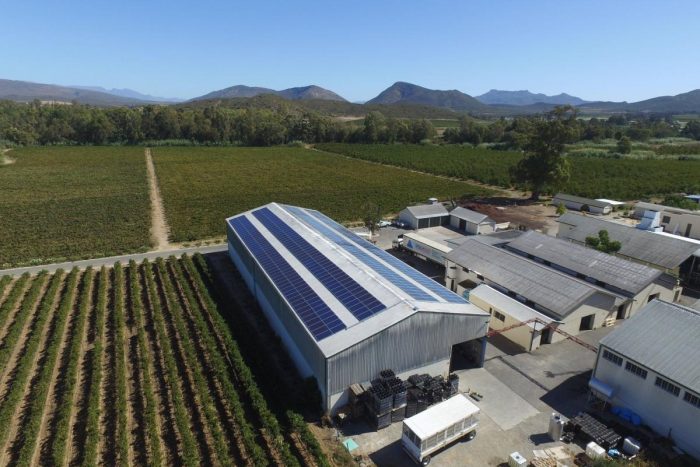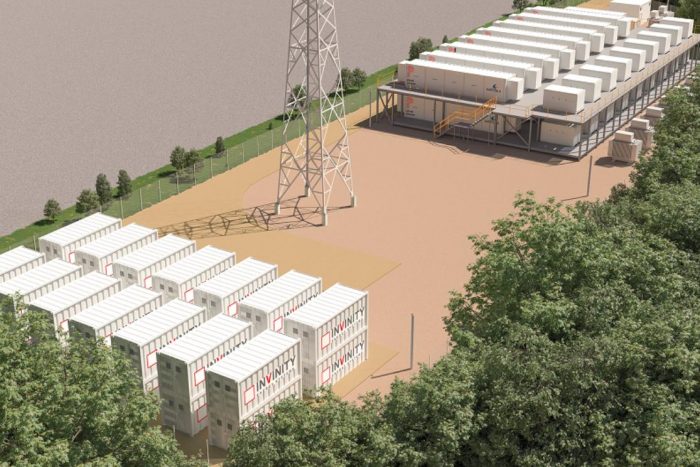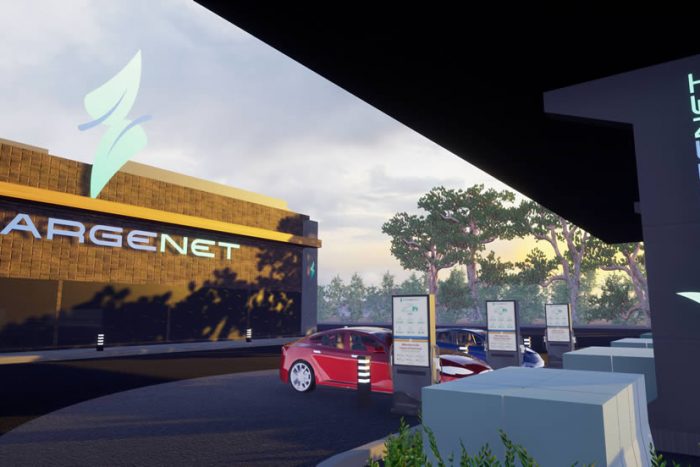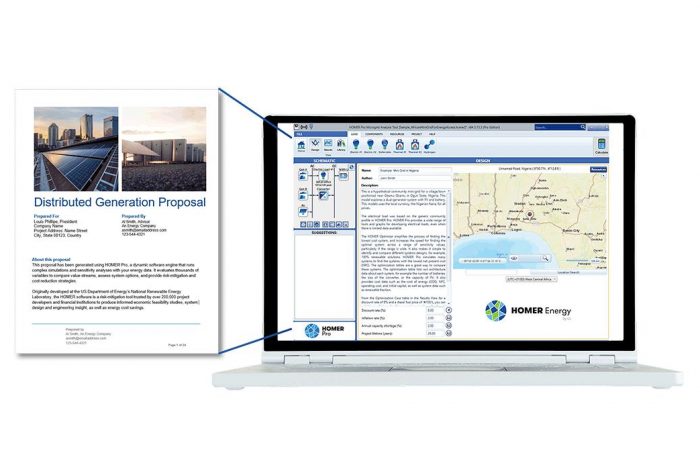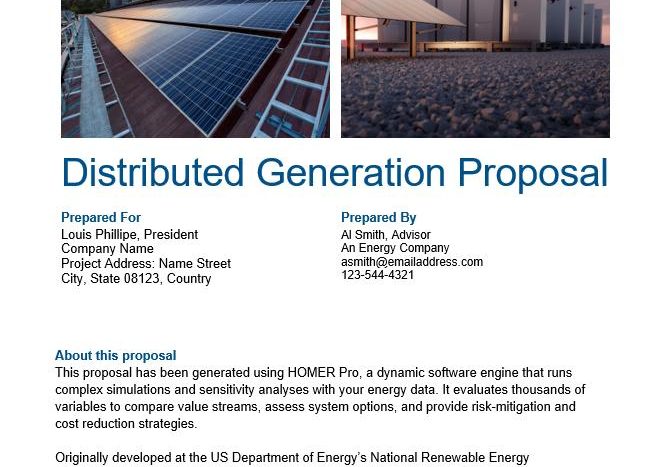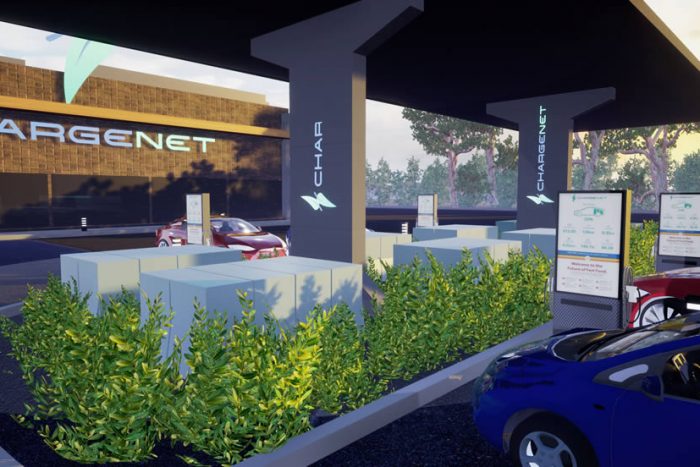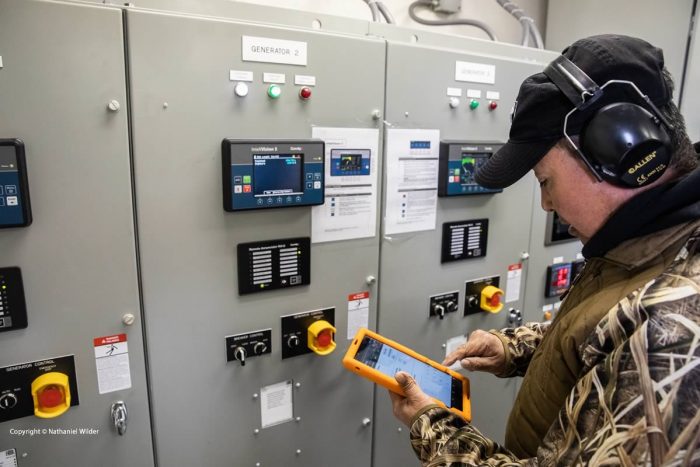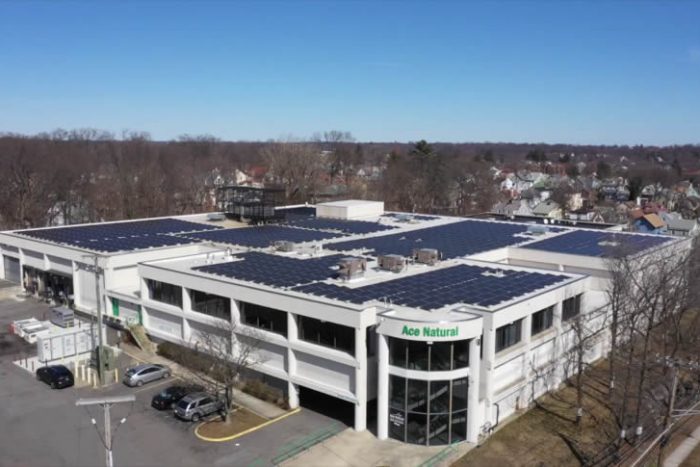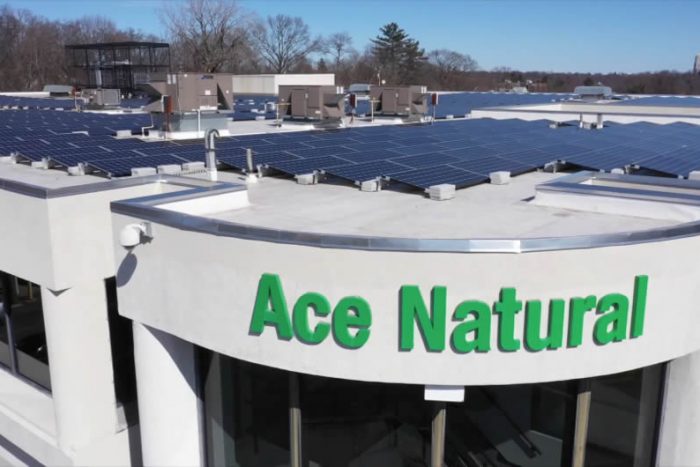EarthSpark International has been named the recipient of the 2020 OPEC Fund Annual Award for Development. The award recognizes EarthSpark’s innovative solutions addressing energy access and climate-related issues in Haiti.
BLOG
Feasibility Studies Instrumental in Success of 5 Municipal Microgrid Projects in California
The value of proving economic and technical viability was demonstrated by the City of Camarillo recently, when, based on a positive feasibility study, council members voted unanimously to move forward with the design of hybrid solar microgrids at five of its facilities.
Exploring Efficiencies at the Water-Energy Nexus: Rottnest Island’s Innovative Hybrid Energy System
Faced with the challenge of utilizing hybrid renewable energy to produce enough electricity and potable water for the island’s large annual influx of visitors, the Rottnest Island Authority found a path to success through an innovative approach to demand management at the water-energy nexus.
Microgrid Funding Opportunities Arise as Maryland Emerges as Key State for Development of Hybrid Power
Funding opportunities from the Maryland Energy Administration’s Resilient Maryland grant program have jumpstarted projects throughout the state. As a result, Maryland has emerged as a key state for microgrid project development. The 2021 grant deadline is approaching.
Renewable Energy Powers an Arctic Village: Ancient Traditions and Clean Technology
Developing a microgrid in the Yukon’s extreme North is a challenge of epic proportions. A landmark power purchase agreement, extraordinary system engineering, and a unique pitched panel design will allow the village of Old Crow to reduce its diesel consumption by over 50,000 gallons per year.
HOMER International Microgrid Conference Identifies Technological Advances, Policy Shifts, and the Industry’s Path Forward
The 8th Annual HOMER International Microgrid Conference attracted record-breaking participation and international representation, as well as an extraordinary selection of presentations by industry leaders. Session recordings are now available.
Looking to the Past to Predict the Future of Microgrid Markets
By studying historic drivers and evaluating current market indicators, Wood Mackenzie researcher Isaac Maze-Rothstein has gathered key insights related to microgrid markets in both the US and Kenya. He and colleague Benjamin Attia have mapped out an overview of what the future may look like for these markets. They will present their findings at the 8th annual HOMER International Microgrid Conference on October 12.
Groundbreaking FERC Order 2222 Opens Energy Markets to DERs
The Federal Energy Regulatory Commission (FERC) recently approved a landmark ruling that enables distributed energy resource aggregators to compete in regional wholesale energy markets. The ruling is expected to create new revenue opportunities for owners of solar, batteries, EVs, and other DERs.
Top 5 Reasons to Attend HIMC 2020 and Join the Microgrid Revolution
The global microgrid market is experiencing unprecedented growth. Learn how you can capitalize on this expansion and use it to propel your business forward at the 8th annual HOMER International Microgrid Conference. The event is 100% virtual and free to attend.
Foundational Support: Vallecito Energy Storage Resilience Project Lays the Groundwork for a Larger Renewables-Based System
An exciting energy storage installation in the Goleta Load Pocket, a highly vulnerable 70-mile transmission area in Southern California, will provide resilience in the form of 40 MWh of utility-scale energy storage. The Vallecito Energy Storage Resilience project will not only provide an energy storage foundation for a future community microgrid, but it lays the groundwork for a more resilient energy network in a region hard-hit by natural disasters.
HOMER Training: The Roadmap to Better System Modeling and a Sustainable Future
HOMER Energy by UL’s educational curriculum covers all of the essential skills needed to analyze distributed generation and microgrid projects and get the most out of the software. Senior Engineer, Head of Professional Services, and Lead Trainer Aleph Baumbach and his team tailor sessions to address each audience’s needs and support individual projects with hands-on training. Baumbach’s enthusiasm for developing a better path to sustainability is infectious.
Tandem Technologies: Pairing Diesel Generators with Renewable Resources
Pairing diesel generators with renewable resources in energy systems can be an effective cost-reduction strategy when generators are operated flexibly. Dr. James Hamilton shares insights he’s gathered while developing remote, off-grid projects in Australia.
Mind the (Charging) Gap: Electric truck fleets are set to expand exponentially. But not without robust charging infrastructure.
Analysts forecast a dramatic rise in the number of e-trucks on the road by 2025, which can significantly reduce greenhouse gas emissions and support air quality goals. But addressing the question of how to meet the high energy demand and infrastructure needs of e-trucking fleets is critical. On-site, renewable generation offers a solution.
How to Adapt Microgrids to New Constraints Brought on by the Novel Coronavirus
The challenges created by the coronavirus pandemic make it more critical than ever to ensure that businesses have abundant, continuous power. Project developers can prepare businesses by equipping them with smart energy management systems that allow for remote commissioning, autonomous control, and reliable off-site monitoring and data logging.
Extending Battery Life with Control Strategies: An Interview with Jonathan Schulte
Jonathan Schulte explores the ways in which microgrid control methods informed by forecast-based algorithms can extend battery life and decrease operational costs. He will present his research at the 8th annual HOMER International Microgrid Conference in October. Schulte and his team have developed a method for reducing the average state of charge of lithium-based battery systems and decreasing the time the battery spends in a fully charged state—both of which lead to longer battery lifetimes without impacting the system performance.
Webinar: Optimizing Design & Mitigating Risks in Mini-Grids & Distributed Generation in Africa
Join us for a free educational webinar led by HOMER Energy by UL on optimizing design & mitigating risks in mini-grids & distributed generation on August 13th, 2020 at 8:00 AM MDT. Don’t miss it, register now.
Flow Batteries: Technology Synergies Will Provide Grid Stabilization
Flow batteries are considered excellent choice for large-scale energy storage projects for a number of reasons, but primarily because they can cycle for multiple short periods daily, for about 30 years while maintaining an even performance. The Energy Superhub Oxford will install the UK’s first transmission-connected battery, a lithium-ion/vanadium flow battery, sited at National Grid’s Cowley Substation.
Mini-grid Remote Monitoring and Control Delivers Cost-Saving Improvements in O&M
Remote monitoring and control systems can offer cost savings for the operation and maintenance of mini-grids. Equatorial Power is developing a mini-grid that will power a new industrial park in addition to powering the communities on the Ugandan island of Lolwe in Lake Victoria.
Registration Now Open for Virtual 8th Annual HOMER International Microgrid Conference
Registration is now open for the 8th annual HOMER International Microgrid Conference, taking place online October 12-16, 2020. Attendance is free for this five-day virtual event, with online sessions led by global industry experts who will explore the rapidly changing world of microgrids and distributed energy resources.
New Feature in HOMER Pro Energy Modeling Software Strengthens Client Presentations
HOMER® Pro’s new proposal writer helps energy developers create information-rich proposals that communicate details of technically complex systems to facilitate the sale of their projects to clients and investors.
HOMER Tip: Using the proposal writer in HOMER software
The latest release of HOMER Pro (3.14) has an important new feature designed to enhance client communication. The new proposal writer allows users to generate attractive, comprehensive reports documenting HOMER Pro modeling results in a few clicks.
A Second, More Targeted Strategy to Boost California Microgrids
The California Public Utilities Commission released a proposal last week that provides more in-depth recommendations for policy changes to facilitate new microgrid project development in the Golden State. These new requirements could help establish a clearer path forward for future microgrid projects and provide increased opportunities for developers of hybrid systems.
Move Over Truck Stops: “Convenience” EV Charging Depots Will Deliver Electricity and Food — Powering Cars and People at the Same Time
Rapid growth of the electric vehicle market means that EV charging infrastructure will have to grow to meet passenger needs. One California company – ChargeNet – is preparing for the future with a new kind of convenience stop that combines charging and restaurants.
60Hertz deploys its mobile O&M software – equipped with new language capabilities – to Africa and Southeast Asia
60Hertz, developer of a mobile app for microgrid maintenance, began its work in collaboration with remote Alaskan villages. Now the company has set its sights on customers overseas, in Africa, Southeast Asia and South America:
Ace Natural, New York: Organic Food Wholesaler Builds Microgrid to Boost Resilience and Cut Utility Bills
An organic food distributor in the metro New York area recently installed a microgrid – designed by HOMER Grid – to improve their bottom line along with their resiliency. Ace Natural is saving more than half their utility costs by using renewable energy, while batteries and a generator powered by biodiesel ensure continuous operations if there’s a power outage:

